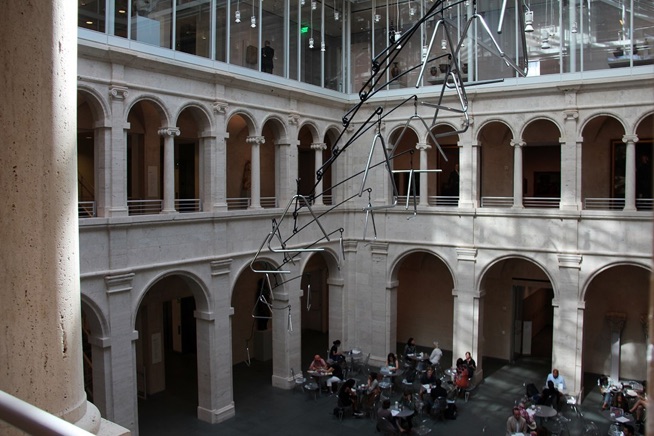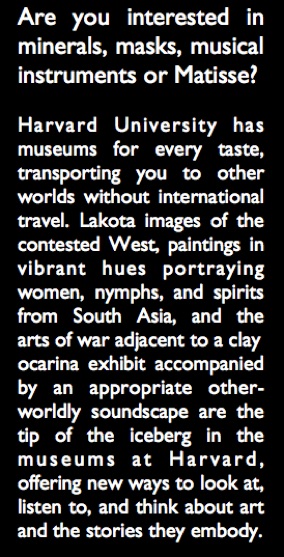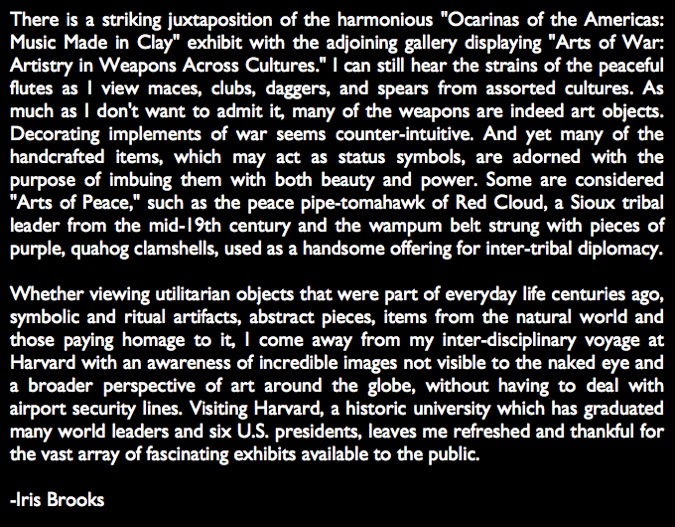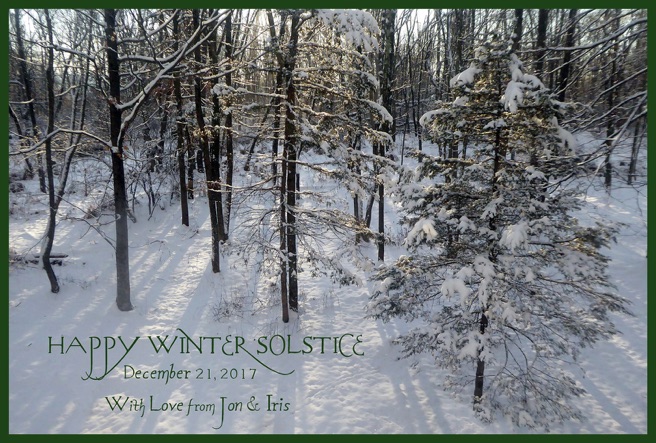
EVENTS 2017
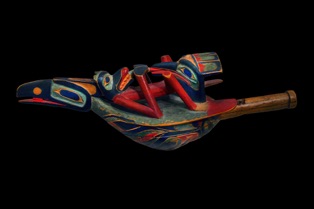

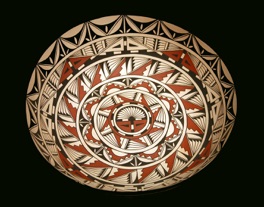
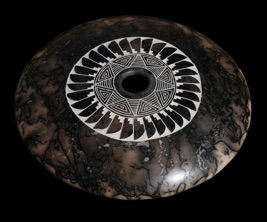
FEBRUARY 2017
ARTICLE & PHOTO MONTAGES:
FEBRUARY ISSUE OF THE WORLD & I MAGAZINE
"ARTFUL POTTERY: FORM AND FUNCTION"
By Iris Brooks
Photos by Jon H. Davis and Iris Brooks
"We shape clay into a pot, but it is the emptiness inside that holds whatever we want."
-Tao Saying
Native American seed pots decorated with geometric patterns, raku funerary urns in gem tones, and sun-baked earthenware bowls from Mexico are among the artful pottery I have collected in my travels. To remind me of place, I usually opt for a small, unbreakable object to add to my suitcase: a Balinese batik tablecloth, colorful French Polynesian postage stamps, an embroidered purse from Thailand, and handmade Moroccan slippers. But sometimes a piece of pottery is too exquisite to resist. And learning a bit about glazing and crazing or meeting the potter gives more resonance and appreciation to these fragile yet functional clay creations.
Admiration for pottery transcends its pedigree regardless if it is Bizen ware (referring to the region in Japan where it is crafted as well as the historic tradition of unglazed pieces likened to "the beauty of the real face" as opposed to the "beauty of makeup"), or Raku (meaning both the unpredictable, low-firing process as well as a style originating in 16th century Japan), or Tsuboya pottery from Okinawa, often shaped into mythical shisa creatures, serving as guardians to protect homes.
ARTFUL POTTERY
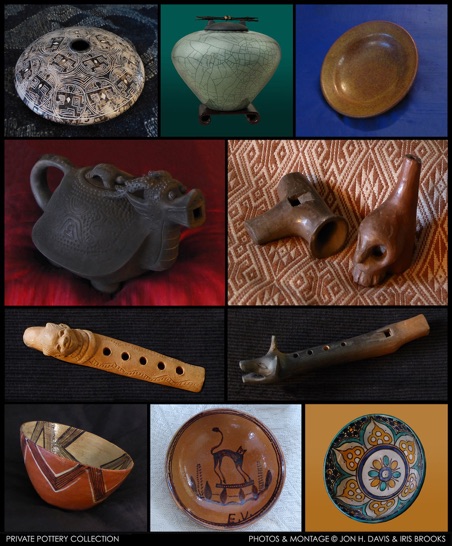
"Earth, water, air, and fire: so simple, but so complex."
-Anon
In selecting an appropriate funerary urn to hold my father's ashes, I am seeking a piece which represents who my Dad was; simple yet sophisticated. I find such a graceful pot, crafted by John Dodero in Jacksonville, Oregon. I choose a sage-hued urn, thinking my Dad was a sage as I appreciate the elegance of the form of this raku glaze, with one-of-a-kind, fine network of cracks (known as crazing or spiderwebbing). In Japan this is considered a piece with wabi/sabi (with a sense of natural expression), since it is not perfect, but the cracks imbue an original character and add an aesthetic sense to the work. Again, I am struck by its similarity to my father, a Doctor of Oriental Medicine, who was a one-of-a-kind character. This artful pottery truly resonates with me.
-Iris Brooks
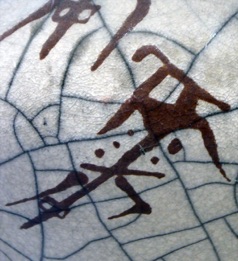
JANUARY 2017
ARTICLE:
WASHINGTON TIMES
"6 PEACEFUL PLACES IN PORTUGAL"
By Iris Brooks
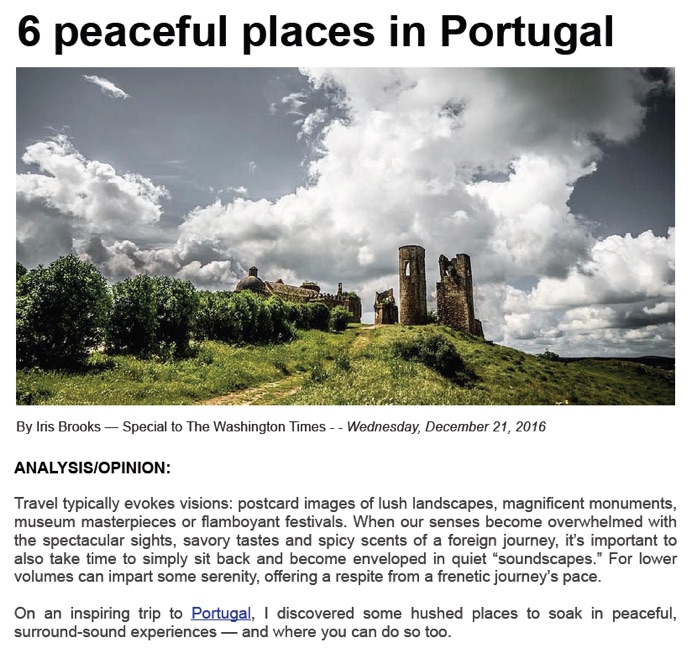
This article originally appeared in the Washington Times.
ARTICLE & PHOTO MONTAGES:
JANUARY ISSUE OF THE WORLD & I MAGAZINE
"VISITING VERMONT: HERALDING HISTORY AND HERITAGE"
By Iris Brooks
Photos by Jon H. Davis and Iris Brooks
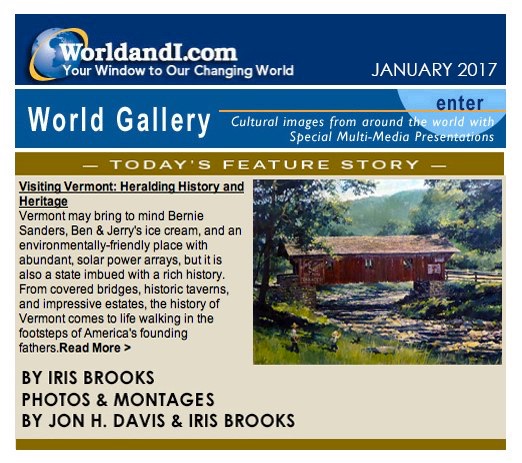
Discover early Revolutionary War history on an intriguing back roads tour, visit the stately Lincoln family home of Hildene, and stay at the well-preserved Arlington Inn, listed on the National Register of Historic Places. Three centuries of the rich history and heritage in the Shires region (so named since it is has two county seats in two towns or shires of southwestern Vermont) may be explored in any season with a focus on painters, potters, and poets, or the independence of America.
The natural beauty of Vermont continues to lure visitors to a state where billboards have been banned since 1968. (It is not the only state to do so, since Alaska, Hawaii, and Maine also have laws prohibiting advertising on roads and highways.) This lack of visual clutter contributes to the scenic look and feel of Vermont, the Green Mountain state that was once its own country, known as the "Republic of Vermont." As a separate country in 1777, Vermont had its own coins, stamps, and militia before joining the other states as part of America in 1791. This independent spirit still lives on.
-Iris Brooks
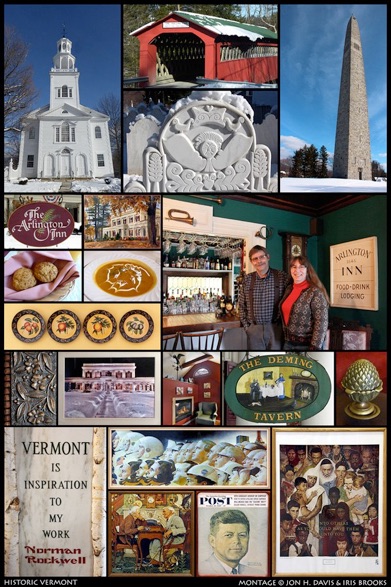
This article originally appeared in the January issue
of the World & I magazine.
Excerpted from an article originally appearing in the World & I magazine,
February 2017
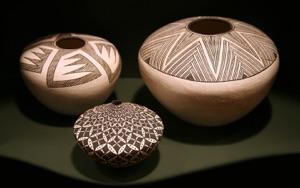
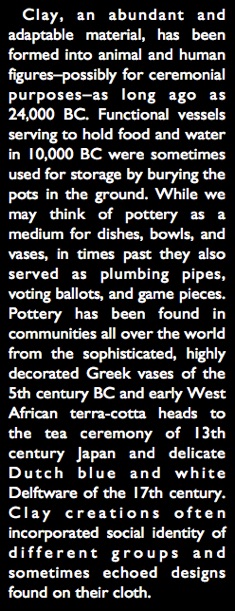
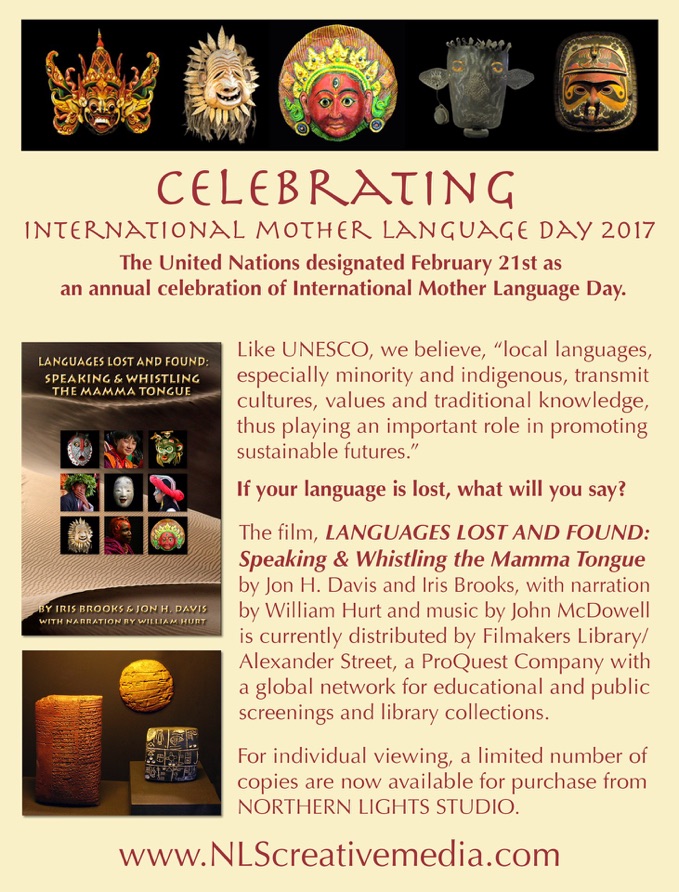
CELEBRATING FEBRUARY 21ST,
INTERNATIONAL MOTHER LANGUAGE DAY
WITH THE LANGUAGES LOST AND FOUND FILM
FOR FILM INQUIRIES AND/OR PURCHASES, VISIT THE NLS STUDIO STORE, OR EMAIL
US AT, NLScreativemedia@gmail.com
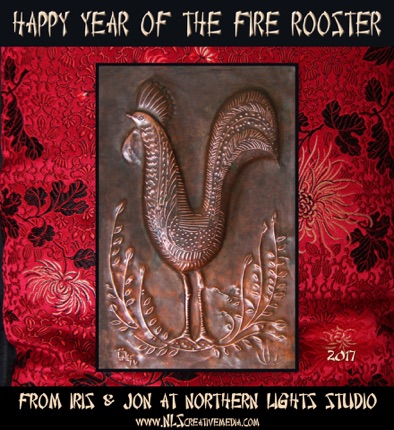
MARCH 2017
ARTICLE:
WASHINGTON TIMES
"ROMANTIC RETREATS"
By Iris Brooks
Photograph by Jon H. Davis
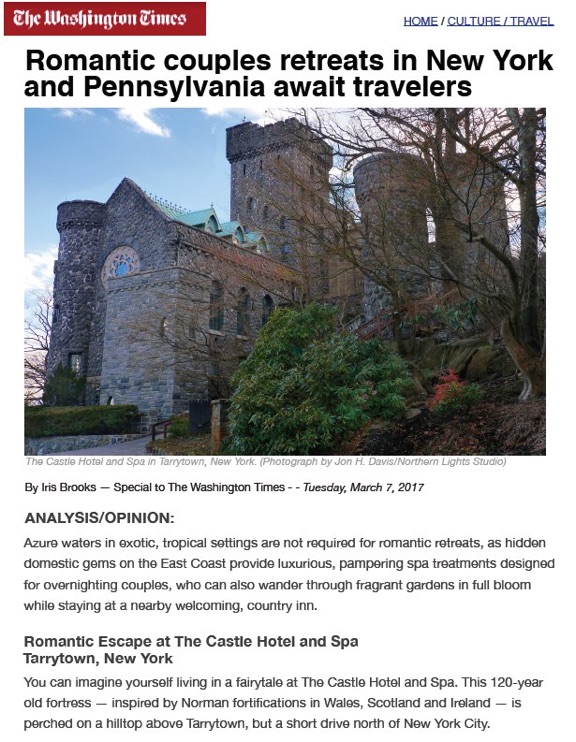
This article originally appeared in the Washington Times.
DESTINATION OF THE MONTH
LONGWOOD GARDENS
KENNETT SQUARE, PENNSYLVANIA
610 388 1000
ORCHID EXTRAVAGANZA ON EXHIBIT
THROUGH MARCH - IN THEIR CONSERVATORY
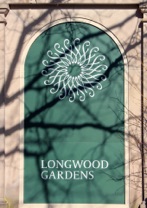
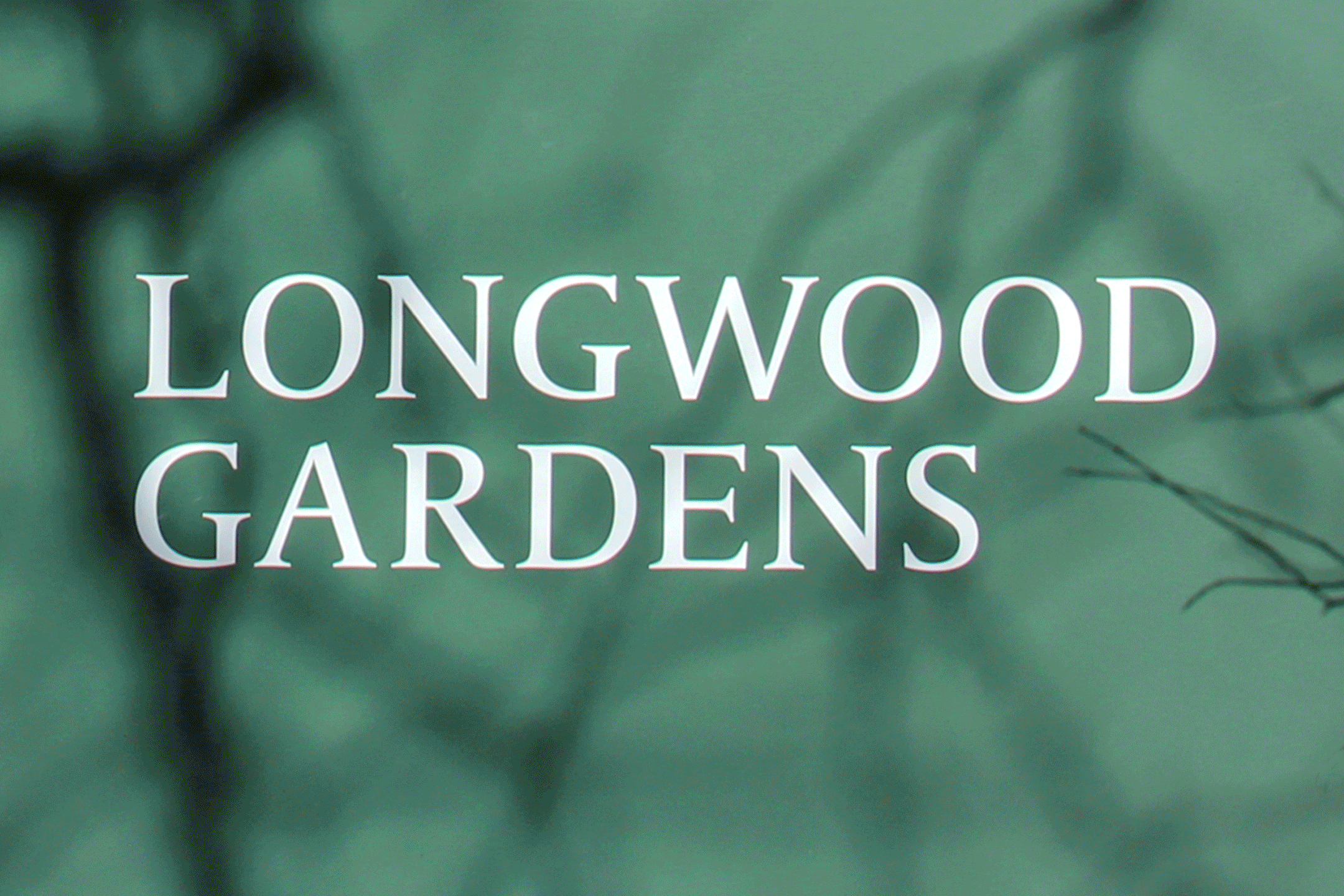
Photos by Jon H. Davis and Iris Brooks © 2017

ARTICLE:
MARCH ISSUE OF THE WORLD & I MAGAZINE
"MUSIC WITHOUT BORDERS:
Transformative World Music"
By Iris Brooks
Photos & Montage
by Jon H. Davis and Iris Brooks
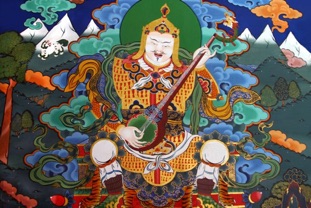


This article originally appeared in the World and I.
APRIL 2017
ARTICLE:
APRIL ISSUE OF THE WORLD & I MAGAZINE
"TREASURED TREES"
By Iris Brooks
Photos & Montage
by Jon H. Davis and Iris Brooks
"Between every two pines is a doorway to a new world."
-John Muir,
Scottish-American Naturalist
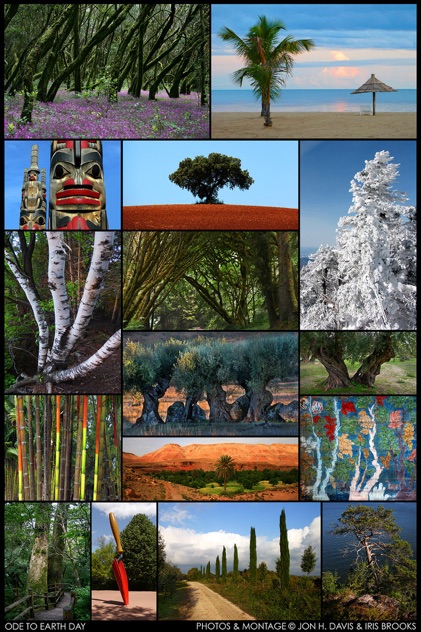
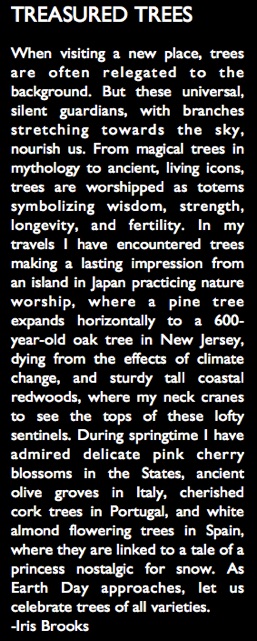
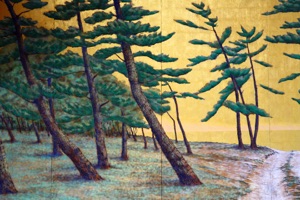
This article originally appeared in the World and I.
MAY 2017
ARTICLE:
MAY ISSUE OF THE WORLD & I MAGAZINE
"ART ADVENTURES IN THE GENIUS BELT
BUCKS COUNTY, PENNSYLVANIA"
By Iris Brooks
Photos & Montage
By Jon H. Davis and Iris Brooks
"I decided early on to choose as my subject the entire earth, all terrains, all peoples, all animals . . . To know this earth as I have known it is to know a grandeur that is inexhaustible, and it has always been my desire to communicate that sense to others."
-James A. Michener


ART ADVENTURES
What do ground-breaking anthropologist Margaret Mead, Pulitzer Prize-winning author James Michener, and lyricist/playwright and producer Oscar Hammerstein all have in common? These and many other cultural luminaries have lived in what has been dubbed "The Genius Belt," of Bucks County, Pennsylvania. Writers Dorothy Parker, Nobel Prize for Literature winner Pearl S. Buck, and satirist S.J. Perelman were all drawn to this sought-after destination attracting creatives in many fields. Another visionary among them was architect and iconic furniture designer, George Nakashima, who worked with wood both skillfully and soulfully. His creations may be viewed in the permanent reading room at the Michener Art Museum in Doylestown and on his estate in New Hope, with their arts building celebrating its 50th anniversary this month.
George Nakashima (1905-1990) has inspired architects, furniture-makers, and collectors with both his craftsmanship (revealing the fine grain of the wood, inserting his iconic butterfly joints where needed, and incorporating rough edges of burls and knots of trees as rims of tables and cabinet handles) and philosophy (respecting the tree and its distinct characteristics, working with the natural attributes of the wood, honoring its inconsistencies so the soul of the tree could emerge). Rather than trying to conquer nature and start with uniform planks, he opted for natural edges.

"There must be a union between the spirit in wood and the spirit in man."
-George Nakashima
May 2017 marks the 50th anniversary of the Nakashima arts building, which is adorned with a large, abstract mosaic created by artist Ben Shahn. Inside a sound sculpture by Harry Bertoia beckons, while other beryllium copper sculptures of his dot the property.
-Iris Brooks

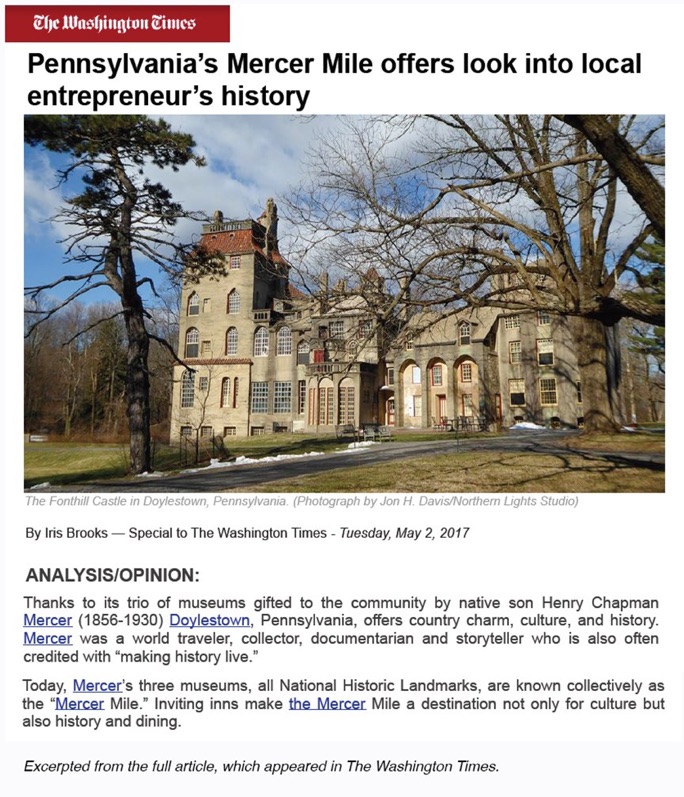
ARTICLE:
WASHINGTON TIMES
"MERCER MILE"
By Iris Brooks
Photograph by Jon H. Davis
JUNE 2017
CELEBRATION OF THE MONTH
SOLSTICE 2017
JUNE 21

"Turn your face to the sun
and the shadows fall behind you."
-Maori Proverb

SOLSTICE - THE DAY THE SUN TURNS AROUND
Our yearlong journey revolves around the sun–the cycle of light and darkness– illuminating our lives, shaping our days and nights as well as our inner being. On the solstice, the sun reaches its annual highest and lowest point in the sky. It marks the longest summer day and shortest one of the year in winter.
The word solstice (from Latin) refers to the sun standing still, or the day the sun turns around. More than an astronomical phenomenon, this shift is marked with cyclical celebrations. Feasts and festivals in many lands connote a sense of rebirth surrounding rituals of light and darkness.
Feasts, fertility, fire, flowers, and fortune have all been part of the festivities celebrating the summer solstice, or longest day of the year. Partying with fireworks may be found in many countries, while welcoming in the summer has sparked specific traditions as varied as climbing Mt. Olympus, stargazing in Croatia, exchanging fans in China, consuming delicacies such as pumpkin squash in Japan, offering fermented chi cha to the Sun God in Peru, dancing in white costumes in Romania, singing the Midsummer Song in Denmark, and masked dancing and drumming honoring Mother Earth (Pacha Mama) for an abundant harvest during the Inti Raymi festival in Ecuador.
Wherever you are, walk in the light and celebrate. If you want to revel in sound, tune into the International Solstice celebration, "What's New Under the Sun," produced by Charlie Morrow with contributions from all 24 time zones and streamed live at www.solstice24.com
-Iris Brooks

Photo by Jon H. Davis © 2017
JULY 2017
ORANGE COUNTY ENCOUNTERS
NLS RECOMMENDATIONS
Reflection
Orange County Arboretum - Montgomery, NY
Dining
The Grange - Warwick, NY
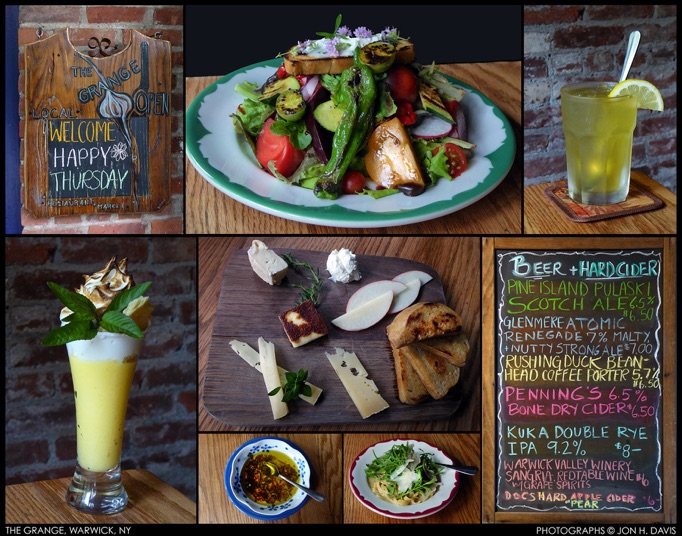
The Grange features organic fare and garden fresh produce in a rainbow of colors on a seasonal farm-to-table menu with a cultural twist.
Overnighting
Glenmere Mansion - Chester, NY
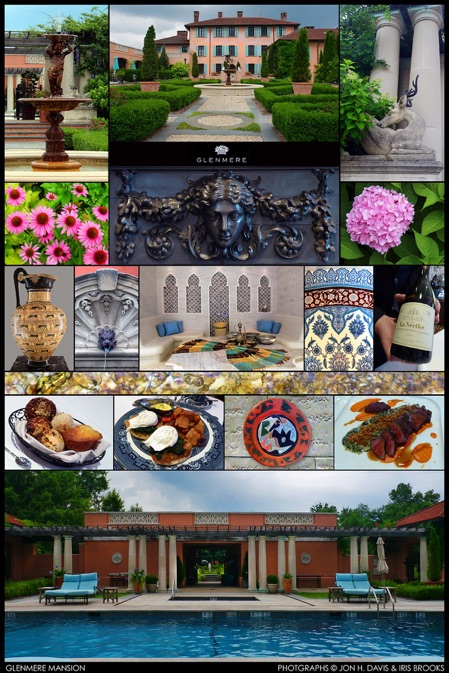
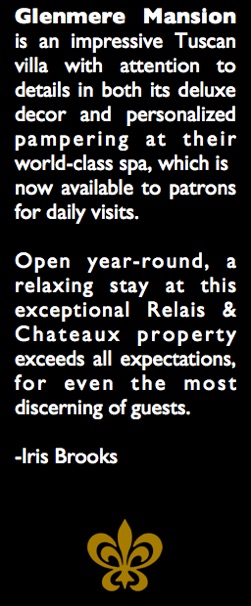
AUGUST 2017
ARTICLE:
WASHINGTON TIMES
"NEW YORK STATE ROAD TRIP"
By Iris Brooks
Photo Triptych by Jon H. Davis
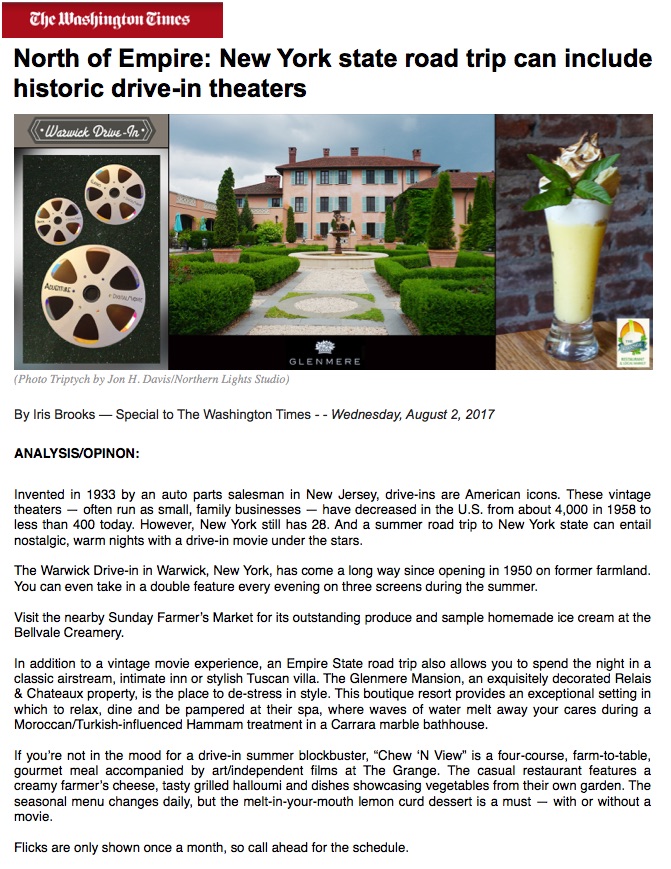


RETRO ROAD STOP
Hyde Park, New York
Photograph by Jon H. Davis

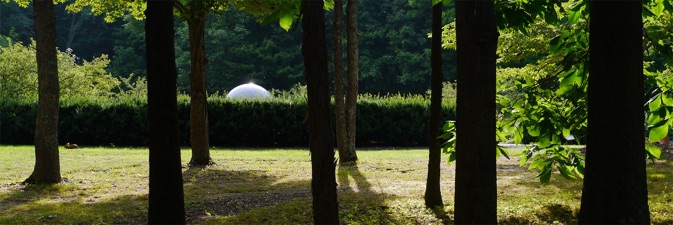
The Orange County Arboretum
Raised garden beds, water features, and walking trails, are part of the offerings at the arboretum within Thomas Bull Memorial Park. Strolling through the garden paths you pass Japanese maple trees and lily flowered magnolia. It is easy to focus on the splashes of color: purple salvia, pink hydrangea, and yellow zinnia. But particularly striking is a rotating granite globe. This sculpture floats in a fountain surrounded with bronze plaques, inscribed with the names of local residents who died in the 9/11 attacks. The garden is a quiet place to reflect.
CELEBRATION OF THE MONTH
SOLAR ECLIPSE 2017
AUGUST 21
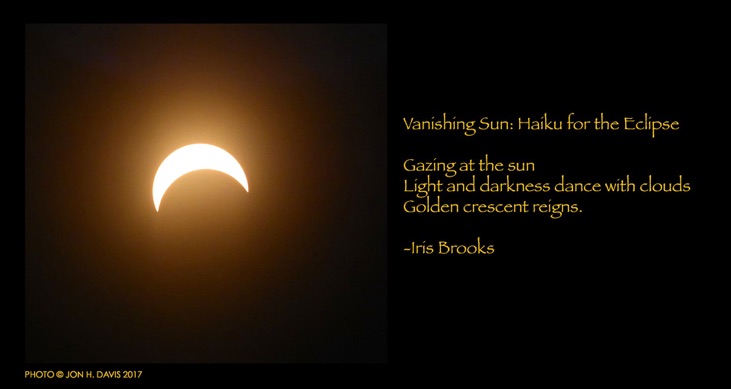
SEPTEMBER 2017
ARTICLE:
SEPTEMBER ISSUE OF THE WORLD & I MAGAZINE
"SECRET GARDENS IN NEW YORK"
By Iris Brooks
Photos & Montage
By Jon H. Davis and Iris Brooks
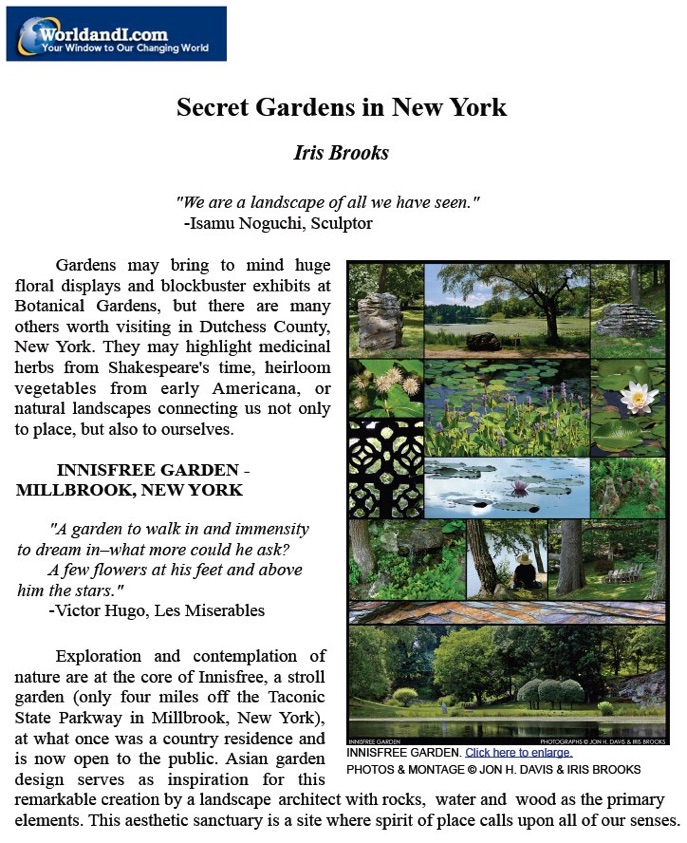

Excerpted from the full article, which originally appeared in the World and I.
OCTOBER 2017
ARTICLE:
OCTOBER ISSUE OF THE WORLD & I MAGAZINE
"RESTORING HOPE: THE ROOSEVELTS IN HYDE PARK"
By Iris Brooks
Photos & Montage
By Jon H. Davis and Iris Brooks
Imagine a U.S. President as a caretaker of the American people. With a vision in search of a better tomorrow, confronting fear, and restoring hope, Eleanor and Franklin Delano Roosevelt were a powerful team with a far-ranging impact on the country and throughout the world. After all, the term "United Nations" (celebrating its birthday on October 24) originated with Franklin Roosevelt 75 years ago.
Hyde Park, New York is known for its Culinary Institute and foodies flock to this "C.I.A.," as it is popularly known, while locals appreciate the drive-In theater (one of 27 remaining in New York State). But history buffs–regardless of political perspectives and affiliations–journey to this town in Dutchess County to visit the National Park Service administrated, Franklin Delano Roosevelt home, Presidential Library and Museum, and the nearby Val-Kill, to learn about Eleanor Roosevelt and her husband Franklin, the 32nd President of the United States.
-Iris Brooks

"If civilization is to survive, we must cultivate the science of human relationships– the ability of all peoples, of all kinds, to live together,
in the same world at peace."
-Franklin D. Roosevelt

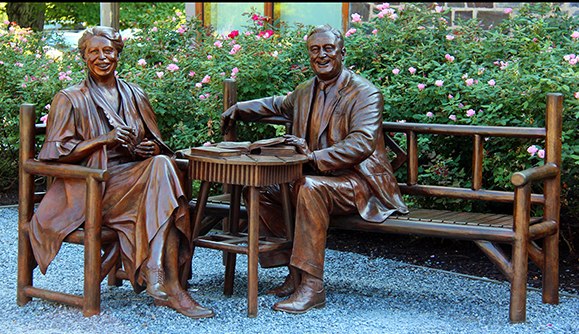
Excerpted from the full article, which originally appeared in the World and I.
ARTICLE:
THE WASHINGTON TIMES - OCTOBER 5, 2017
"AN AUTUMNAL ODE TO THOREAU"
By Iris Brooks
Photos & Montage By Jon H. Davis
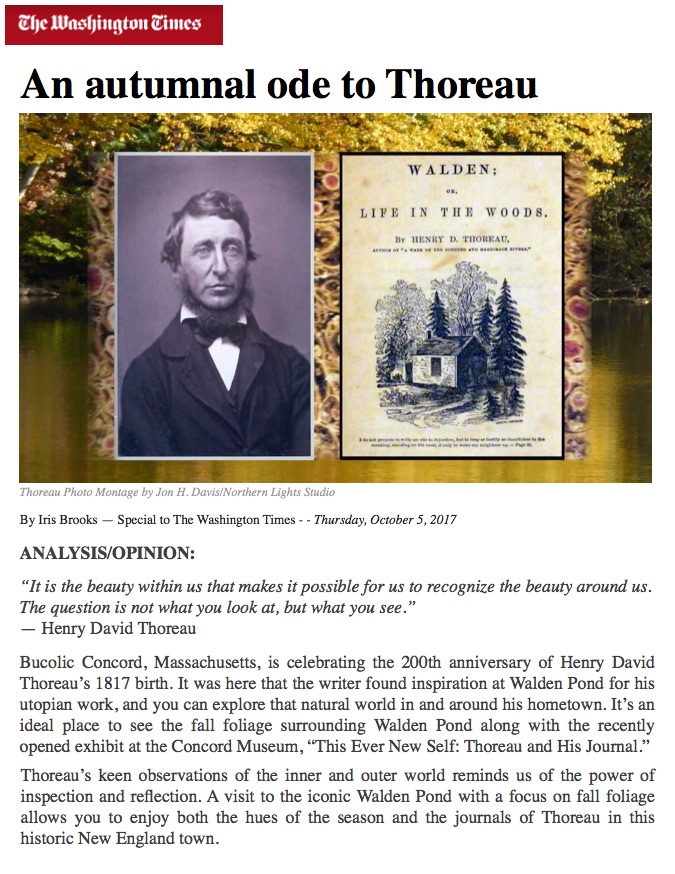
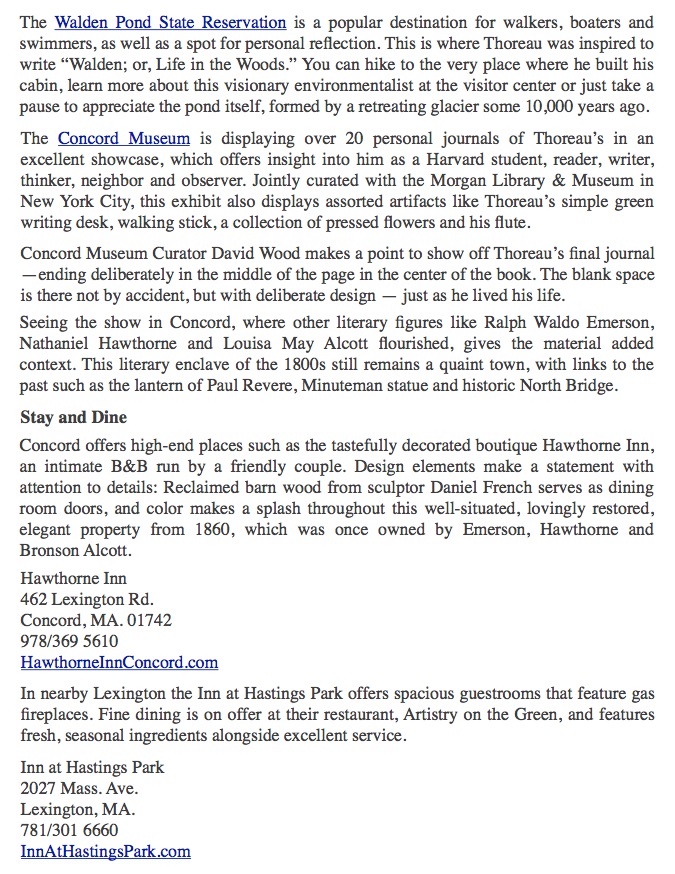





NOVEMBER 2017
ARTICLE:
NOVEMBER ISSUE OF THE WORLD & I
"THE TRANSCENDENTALIST TRAIL"
By Iris Brooks
Photos & Montage By Jon H. Davis
"We can never have enough of nature."
-Henry David Thoreau
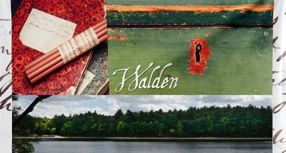
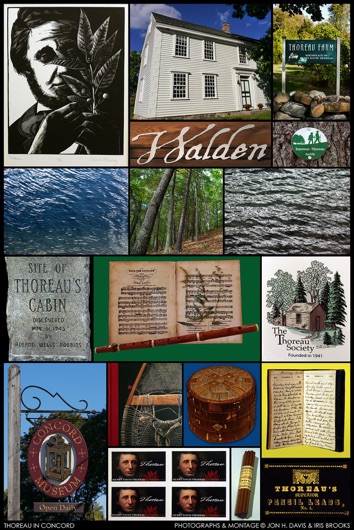
WHO WERE THE TRANSCENDENTALISTS?
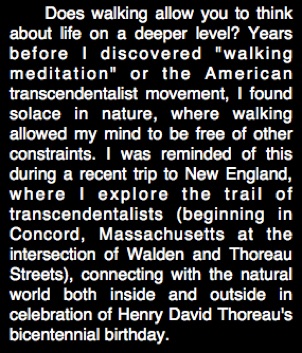
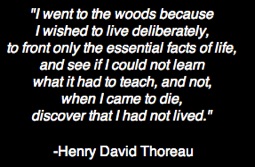

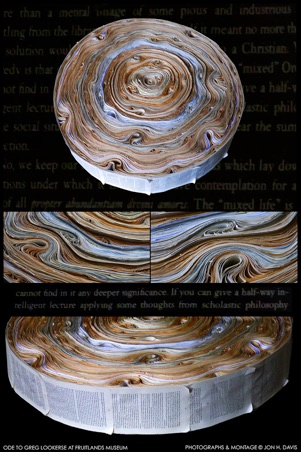
Fruitlands Museum, located a half-hour west of Concord in Harvard, Massachusetts (not to be confused with the location of the University in Cambridge) was conceived of as a utopian experiment in 1843 with hope that the fruits of the land could sustain their small community. Today it is a museum on over 200-acres with a series of buildings housing an interesting and eclectic collection of objects not only from the Transcendentalists (in the original red farmhouse where 10-year old Louisa May Alcott wrote her journal), but also the Shakers (boxes, baskets, chairs and spinning wheels in a building moved from the Harvard Shaker village). Native American art and objects (New England Rock Art, arrowheads found in Concord by Thoreau, and mokuk or traditional birch bark containers), and Hudson River school paintings complete the treasured holdings. This collection by museum founder Clara Endicott Sears (a pioneer in historic preservation, who built her summer estate here) is displayed with atypical museum signage. The Native American galleries feature different perspectives to elucidate the objects: an anthropological view next to an Indian activist explanation, as well as a curatorial description, making the exhibit richer.
"The world is but a canvas
to our imagination."
-Henry David Thoreau
The Fruitlands Museum is not only rooted in the past, but looks forward with contemporary artists as they relate to the original intent of the community. Examples of this are works by painter Jonathan Gitelson ("Star Chart") and 2017 Artist-in-Residence Greg Lookerse, an interdisciplinary artist interested in the concept of journeying through writers inspired by place. His sculptural artwork may literally begin with a book he has read. Removing novels and essays from their shelves, he deconstructs them, folding, or gluing the pages, transforming them as he breathes new life into the works while connecting with their content. This is the case with his latest piece at the Fruitlands Museum, "Partial Cross Section," where gluing together pages from over one-hundred books which resonated with him (Gulliver’s Travels, works by Thoreau, Emerson, and Annie Dillard) takes the form of a cross-section of an old tree. The carefully constructed, layered piece may appear simple, but it is filled with depth. His original and inventive work is a welcome contemporary musing on transcendentalism and a highlight on my transcendental trail explorations.
-Iris Brooks
ARTICLE:
THE WASHINGTON TIMES - NOVEMBER 21, 2017
"Philadelphia Museums Reflect On Rodin A Century After His Death"
By Iris Brooks
Photos & Montage By Jon H. Davis
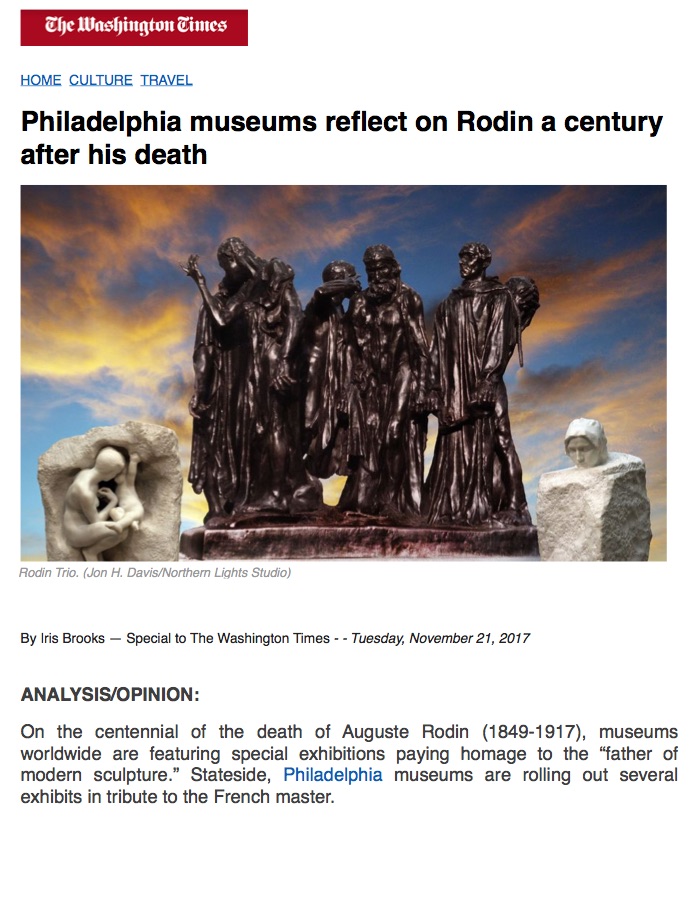
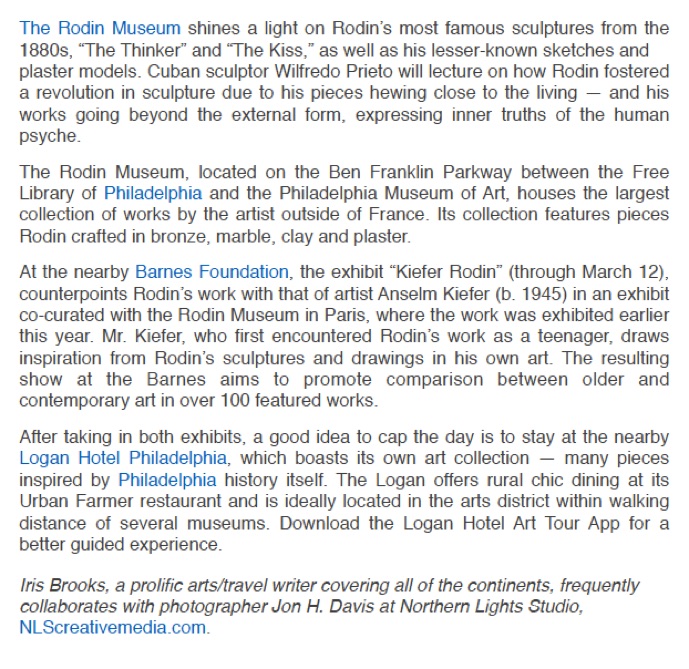
DECEMBER 2017
ARTICLE:
DECEMBER ISSUE OF THE WORLD & I
"MUSEUM HOPPING AT HARVARD"
By Iris Brooks
Photos & Montage By Jon H. Davis and Iris Brooks
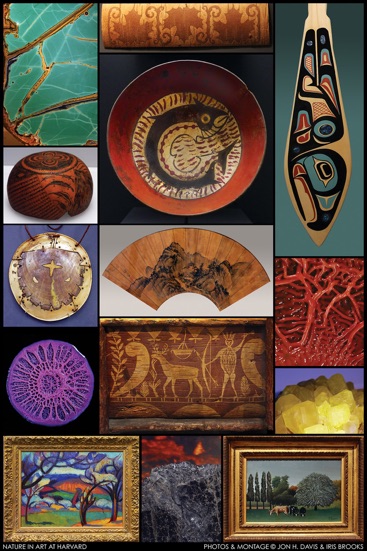
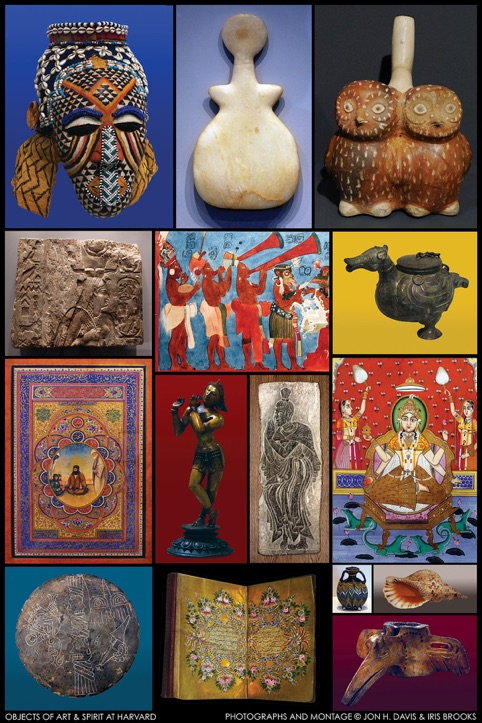
Excerpted from “Museum Hopping at Harvard”
published in the December issue of the World & I magazine.
